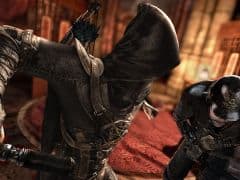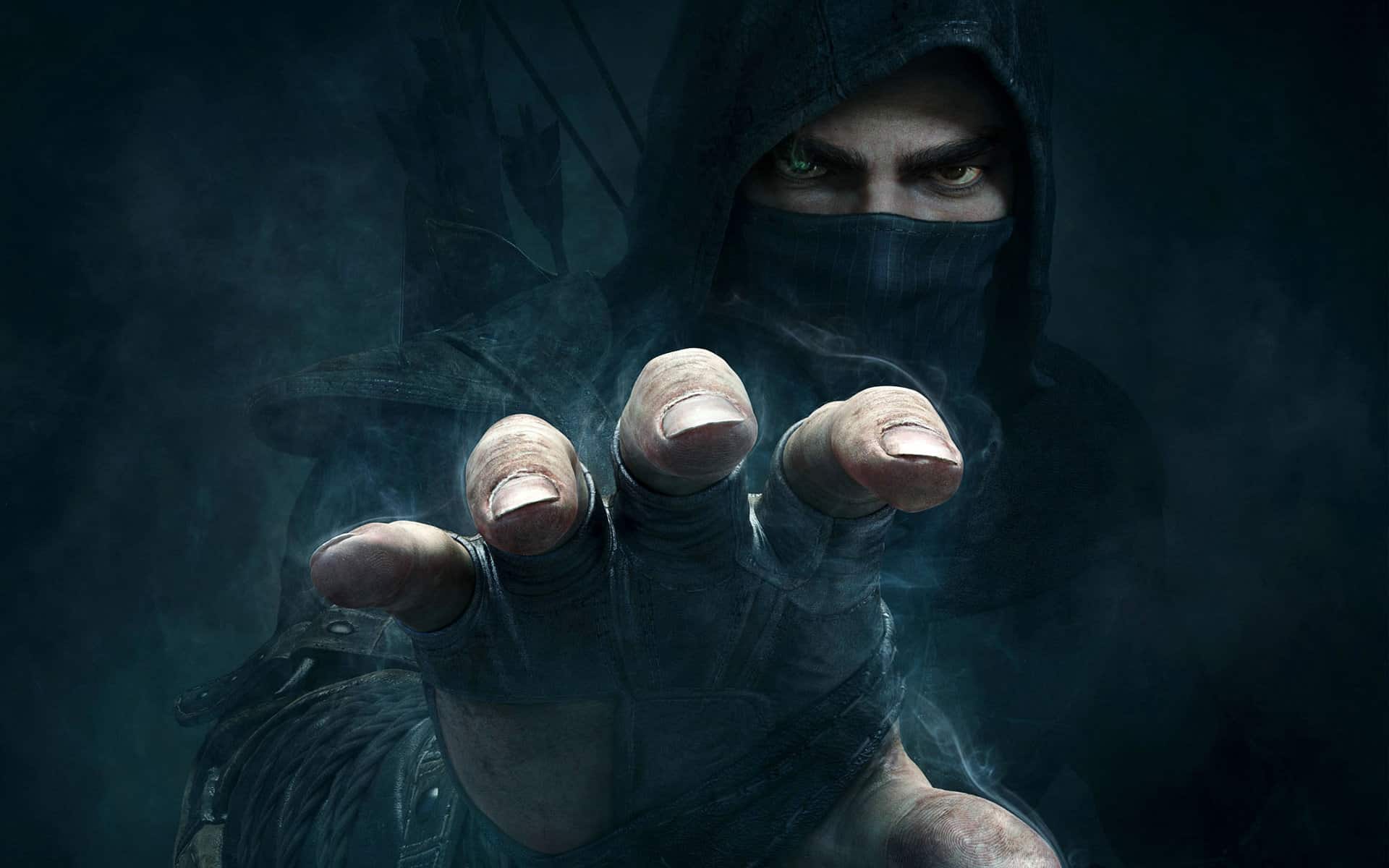You can trust VideoGamer. Our team of gaming experts spend hours testing and reviewing the latest games, to ensure you're reading the most comprehensive guide possible. Rest assured, all imagery and advice is unique and original. Check out how we test and review games here
“A game like Thief would have probably been swallowed up in the Splinter Cell era,” Eidos Montreal producer Joe Khoury tells me when asked about his latest project, and why now’s the time for a new Thief. “When you’re trying to create an immersive experience, you’ve got to see if the audience is receptive to what you’re trying to communicate. And that takes time. There have been many franchises that have faded away, If you look at the history of games, only to be reborn.”
Thief’s rebirth, however, hasn’t been an especially easy one. The usual drip-feed of PR-managed info succeeded in little more than getting fan’s knickers in a twist over whether it would be ‘Thief’ anymore (the new Focus mode, like Hitman’s Instinct, being one major sticking point), and poor early showings haven’t helped matters. For some, the Golden Age is over. In truth, it has been for some time. In its place is something rather unexpected: this new Thief game, from what I’ve played, is actually quite good.
It’s no exaggeration to say that the game’s E3 showing was dire. Between the demo’s small, boxy environment, its spotty AI and convoluted controls, it was a mess. This build, played on monstrous PCs with Xbox 360 pads, was much improved, more cohesive in its combination of controls, mechanics and the world. A ‘reimagining’ more than a remake, it’s as obviously modern as you’d expect with regards to its systems, but the core of the game is still built around staying in the shadows, navigating the world without being seen, and stealing more property than every file-sharing network ever created.
Garrett returns, but he now finds himself in ‘The City’, which is broken down into seven districts. It’s also divided in another way: there’s something called ‘the Gloom’ doing the rounds that’s making its citizens ill, slowly suffocating the city.
Now, if you’re thinking this is slightly reminiscent of another recent stealth game featuring a plague and design inspirations from the Victorian era, then you’re obviously right. On the surface, Thief is very similar to Dishonored, but extended play reveals they’re more complementary than anything else.
The main reason for this is that – at least in the district I played in – Thief’s world is denser than Dishonored’s, seemingly smaller in overall scale but rammed with houses to explore, shops to rob, and walkways and other building paraphernalia to scale and use for your escape.
Whereas Dishonored favoured combining your powers to get around the world quickly and efficiently, Thief’s navigation is built around planning and momentum. There’s no supernatural teleport to get you out of trouble, so you’re going to have to scope out your line, then utilise both the shadows and Garrett’s swoop (essentially sliding) move to slip past unnoticed.
It works well. The demo saw me take on four of five missions from a local fence, all requiring various valuables to be nicked. How I could retrieve them was up to me, but there was never any real thought given to going in all, er, bows blazing. Garrett’s a capable killer, but staying out of sight is much the easier option.
The thefts themselves weren’t anything truly special – you’ve seen variations on them before in a lot of games – but the combination of sneaking quickly and deliberately through the district, jimmying windows, and blowing out shadow-casting candles before making off with a sleeping victim’s valuables is a satisfying one.
There are three or four entry points to each target, and correspondingly there are different ways of making off with your ill-gotten goods. Reading the diaries of the people you’re robbing will alert you to alternate ways of grabbing loot: so while you could sneak into a house, choke out the owner, and make off with your reward, a bit of detective work will lead you to find out that what’s behind the painting downstairs is a lot more valuable.
That example is indicative of the whole session I played, and the handful of missions within it. There’s the easy way, there’s the hard way, and there’s the smart way. Garrett hasn’t evolved into a super-powered killing machine: in fact, he’s best played – for me at least – as someone who never even touches his potential enemies.
Far from being the disaster it could have been, Thief looks good. The much-maligned focus mode turned out to be a non-issue (I used it once), and there’s an impressive level of interaction between Garrett and the world, which itself is filled with paths to find, roofs to climb, and shortcuts to use. Even better, trial and error didn’t seem to be a problem: I found I could plan my movements and execute them without having to do three botched attempts first. Upgrading my arsenal (using loot I collected) with wirecutters and other exploratory tools only made this easier.
Of course, we’ll have to wait to see how the rest of the game holds up, and whether or not the mission loop starts to tire after extended play. But for now, Thief looks like one of early 2014’s more interesting titles.
Thief
- Platform(s): macOS, PC, PlayStation 3, PlayStation 4, Xbox 360, Xbox One
- Genre(s): Action, Adventure, Stealth







